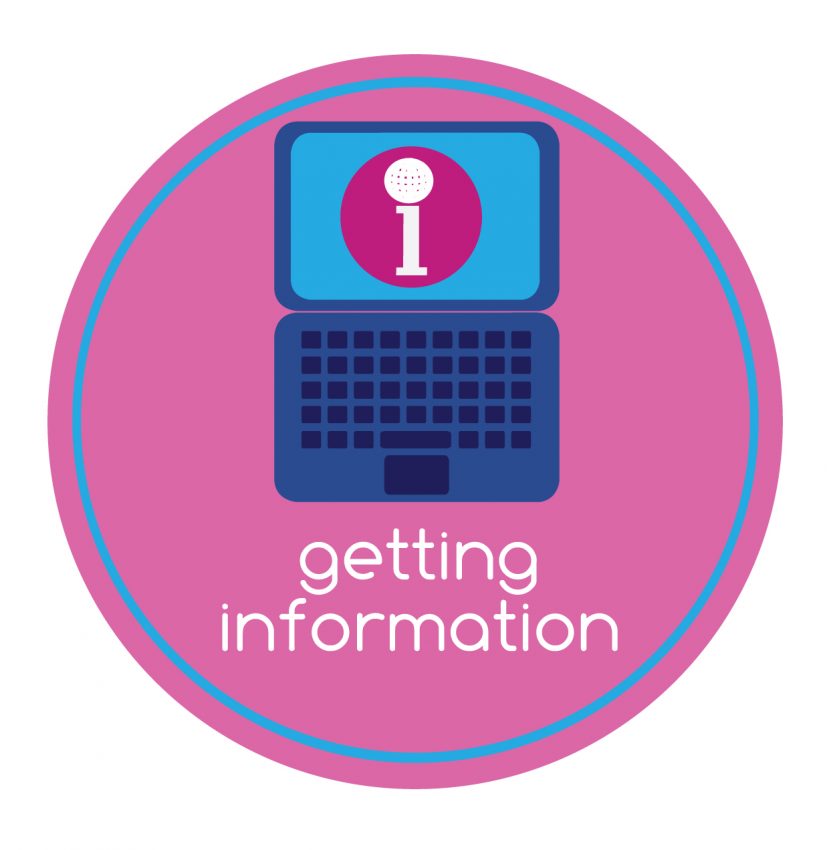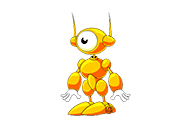You are here:
TY Blog Post: Online Safety
12 March 2024

Article 17 of the Convention on the Rights of the Child it states that “children have the right to get the information that is important to your well-being, from radios, newspaper, books, computers and other sources. Adults should make sure that the information you are getting is not harmful, and help you find and understand the information you need.” However children are exposed to harmful misinformation on the internet all the time and not much is being done about it.
There aren’t many locks on social media when it comes to children. Usually it would just be “You must be 18 or above to use this website” and then it has the options of “yes I’m 18” or “No. I’m not 18”. So if you want access all you have to do is click yes. This opens up a whole world of content, harmful or not. Most children’s minds are not completely developed to allow them to think for themselves leaving them completely vulnerable to the things all over social media or even nowadays AI.
Sometimes a Twitter post would be labelled as misleading but the same doesn’t go for all of the misinformation on Twitter. Not all misleading posts are taken down or flagged and these posts are still viewed by many people, including children. Other social media platforms such as TikTok, Instagram or Facebook do not even have things like this where a post would be labelled as misleading meaning that most of that type of content goes unchecked.
On many social media platforms, you have many people promoting extremely controversial ideas, dangerous behaviour and even discrimination. Free speech is what’s encouraged on most social media platforms, which is not always the best thing. This means you have people putting all types of discriminatory content on these platforms and this type of content is also viewed by children. This kind of content is very harmful to children as they think that it’s ok to say these discriminatory things online too, thinking there will be no consequences like there are no consequences online.
Also, children sometimes try to mimic what they see on social media. On YouTube or TikTok you’d see people doing “prank” videos – potentially in a way that could harm other people. A lot of sexual content is all over the internet too and it’s too easily accessible to children.
With the increase in the use of AI and its extremely fast advancements, it’s hard to tell what’s really or fake these days which is very dangerous for children these days. You could have a famous person telling you to do something for a reward and not even realise that that famous person was AI. Some people would be able to tell that that’s a scam and that that person is a deepfaked AI but others won’t. If it’s already that hard to tell imagine how hard it would be for children. These AI deepfake scams can be targeted towards children in an attempt to influence their actions.


